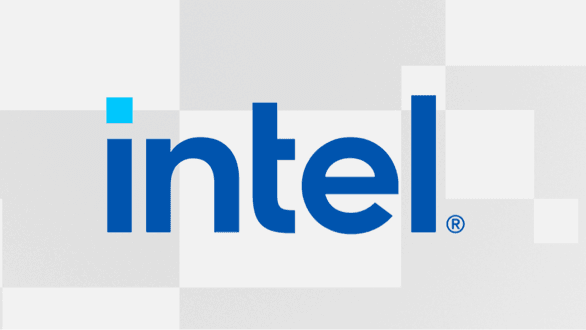tiddlywink
Regular Contributor
Looking at updating PC's and they come with 2.5g and also looking at possibly creating an x86 (openwrt) router. Is the best advice to just completely avoid i225/i226 when possible? The solutions on the intel side seem half-baked and some report not solving anything.
i225 / i226 "i225 rev 4+"
RTL8125B
For the router:
 vs
vs
The i226 quad is more or less nixed for just having an active fan.
Did anyone dump intel and regret it? Realtek seems like the way to go for everything 2.5g with little to no issues.
i225 / i226 "i225 rev 4+"
- NVM firmware update if you are lucky from OEM
- disable pci-e ASPM or anything that increases power/c-states (absolute deal breaker)
- Force 2.5G negotiation
RTL8125B
- Early drivers peaked at <2Gbps, supposedly new drivers fixed it
For the router:

Quad-Port 2.5GBase-T PCIe Network Adapter RTL8125B 2500/1000/100Mbps PCI Express Gigabit Ethernet NIC Card RJ45 LAN Controller
INTRODUCTION Break the 1 Gigabit Log-jam that's bogging down your network. This PCIe to 4-Port 2.5G Ethernet Adapter Realtek RTL8125B Chipset offers a fast, easy and inexpensive way to manage your network with New 2.5Gb network adapters for your desktop, server, and laptop.It’s common today for...
shop.zimaboard.com
The i226 quad is more or less nixed for just having an active fan.
Did anyone dump intel and regret it? Realtek seems like the way to go for everything 2.5g with little to no issues.


